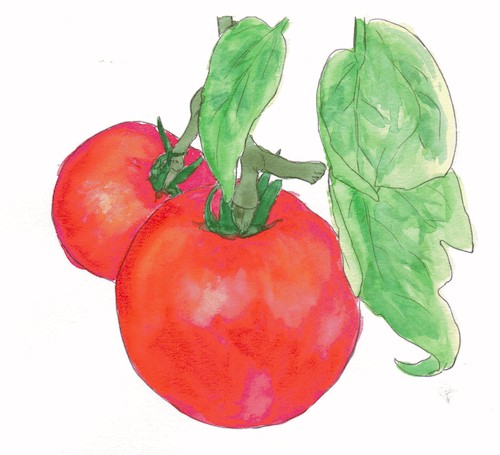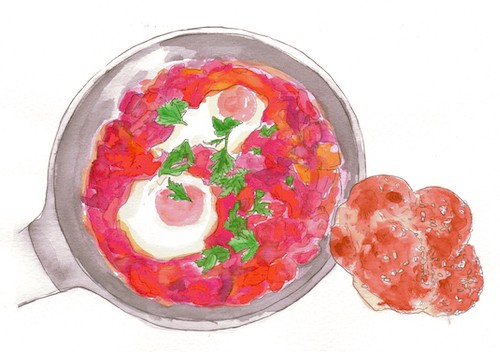
A common powerhouse ingredient you probably enjoy anyways
There are some vegetables that I have always known to be rich in umami: sea vegetables like kombu or nori, or mushrooms like shiitake and shimeji. These vegetables are staples in my home, and have been a fundamental part of Japanese food for thousands of years.
But one vegetable I had only recently discovered is also rich in umami, is one that is actually surprisingly very common and used globally around the world. You can find it at any supermarket and almost any restaurant, and you’ve probably enjoyed it yourself before too: the ripe, red, and juicy tomato.
When it comes to fresh vegetables, tomatoes easily rank among the best in umami richness
When it comes to fresh vegetables, tomatoes easily rank among the best in umami richness: measured scientifically they have about 250mg of glutamic acid (units used to measure umami content) per 100g. The fresh vegetables that next come close to this amount, excluding sea vegetables and mushrooms, are green peas, lotus root, or garlic, which have less than half this amount at about 110mg per 100g. A still excellent amount, but moderate in comparison to tomatoes.
Why tomatoes are universally loved
This isn’t necessarily surprising, considering that historically tomatoes have been used in a variety of cuisines for centuries. It’s quite obvious to think about the impact it’s had on Italian dishes, being one of the bases on which all other flavors are built upon, and of course neighboring European and north African cuisines such as Spain, Israel, Morocco, and Turkish dishes. If you go back to where tomatoes originated, the Americas, it’s also easy to identify how tomatoes have shaped Mexican, Chilean, Peruvian, and other Central and South American cuisines.

It’s no coincidence that tomatoes came to be incorporated in thousands of versions of sauces, stews, soups, grills, and marinades throughout centuries (despite an initial bad rap). It’s been adopted and reimagined so many times because of a certain savory flavor it carries — while those adopting it may not have been able to define this flavor as umami, it was no doubt an ingredient that added a lot of flavor to their dishes.
It doesn’t just end with fresh tomatoes, but the umami flavor tomatoes bring are most impressive when you cook with them — because tomatoes have such a high water content, dried tomatoes and tomato paste have a whopping 1000mg of glutamic acid per 100 grams, quadruple the amount of fresh tomatoes. Cooking with tomatoes actually helps bring about a mouth-watering savoriness to dishes, and makes an already umami-rich food more flavorful to our taste buds.
So if you’re feeling unsure about cooking with kombu or shiitake mushrooms tonight, or looking for a way to boost umami without adding in soy sauce or miso paste, there’s an umami-rich vegetable just waiting to be added to your next meal — remember to not overlook the deliciousness of tomatoes!
